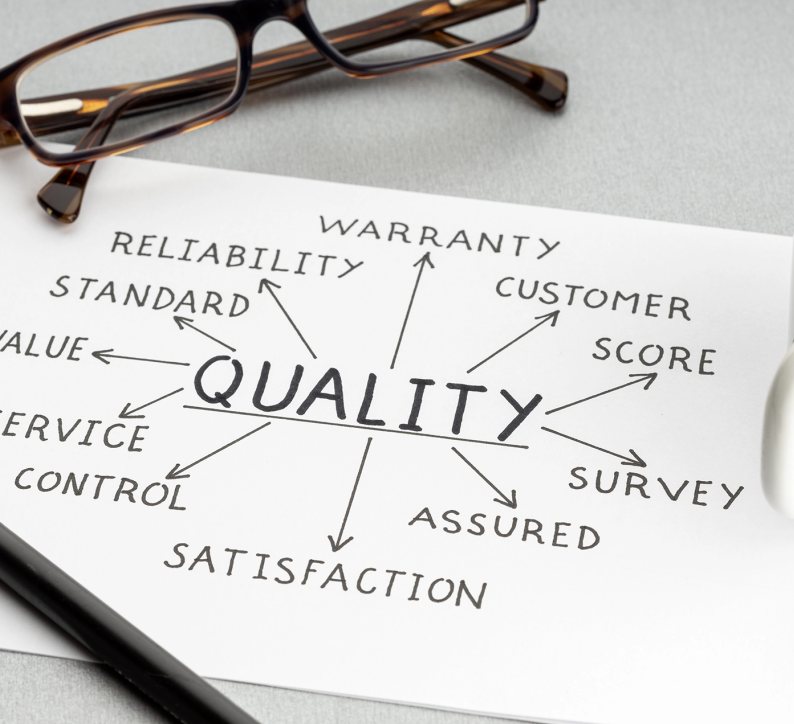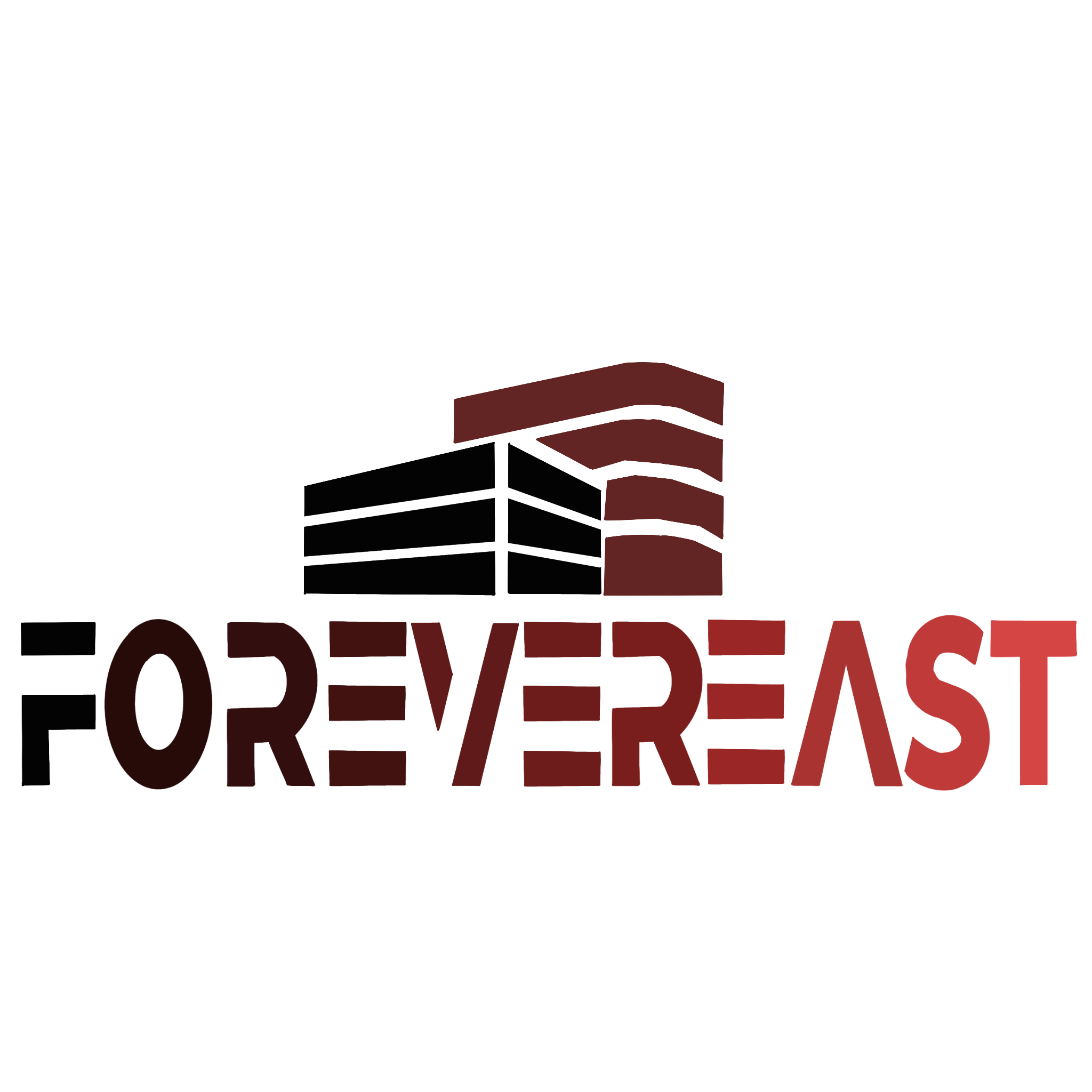What is China sourcing, and why is it important for businesses?
Every morning, when John, an American entrepreneur, checks his Amazon store dashboard, he sees hundreds of Bluetooth earphones from China flying off the virtual shelves. Three years ago, his store struggled with high production costs—until he discovered the power of China sourcing. His story isn’t unique. Over 80% of global retailers now rely on China sourcing to transform their supply chains.
1. What Exactly Is China Sourcing?
China sourcing is much more than just "buying products from China." Picture this:-At dawn in Shenzhen's Huaqiangbei electronics market, thousands of suppliers prepare samples for global buyers.
-In Yiwu's wholesale markets, Middle Eastern buyers inspect goods in crowded aisles.
-In Dongguan factories, production lines run 24/7 to fulfill orders for European brands.
This complete industrial ecosystem is what makes China sourcing unbeatable. Compared to emerging manufacturing hubs like Vietnam or India, China’s supply chain offers three unique advantages:
l Cluster Effect – Within a 50 km radius in Shenzhen, you can find every component supplier for a smartphone.
l Flexible Production – A Guangdong garment factory can switch from making T-shirts to face masks in just 72 hours.
l End-to-End Services – From mold development to customs clearance, every step has specialized providers.
2.why is it important for businesses?
l Cost Advantage (30-50% cheaper than US/EU)-Economies of scale from complete supply chains-Still competitive labor costs (especially skilled workers)
l Manufacturing Versatility (from screws to aerospace parts)-World’s most complete industrial ecosystem (covering all 41 major industrial categories)-Unique capabilities: 3-day prototyping, flexible production (scalable order sizes)
l Unmatched Efficiency-Yangtze/Pearl River Delta "3-Hour Supply Chain Circle" (raw materials → assembly → export, all locally integrated)-Cross-border e-commerce direct shipping: Shenzhen to US customers in just 5 days
l Innovation Accelerator-Shenzhen’s "Hardware Silicon Valley" effect (60% faster R&D cycles than the West) -Supporting innovation: Mold development 3x faster than India
3. New Challenges & Opportunities
With rising competition from Southeast Asia, smart buyers now use a "China +1" strategy:
-Keep standardized products in China-Move labor-intensive goods to Vietnam/Cambodia
-Consider Mexico for tariff-sensitive items
But China isn’t standing still. In Suzhou, fully automated "lights-out" factories supply precision parts for Tesla. In Ningbo, smart warehouses let European clients track inventory in real time.
This evolution is shifting China sourcing from "cheap labor" to "smart manufacturing."
That 29 dollars coffee machineat on Walmart or 79 dollars smartwatch on Amazon? They're made possible by the magic of China sourcing. This isn't just about cutting costs—it's the secret engine powering global commerce. The businesses that cracked China's sourcing code first have built unbeatable advantages in their industries.
 How should handle quality issues with China-sourced products?
How should handle quality issues with China-sourced products?
 Why is China sourcing still irreplaceable in 2025?
Why is China sourcing still irreplaceable in 2025?
 Smart Manufacturing for the Future, Renewing Life: The 29th China International Kitchen & Bath Expo Leads the New Industry Wave
Smart Manufacturing for the Future, Renewing Life: The 29th China International Kitchen & Bath Expo Leads the New Industry Wave
 What are the common challenges in China sourcing, and how can they be overcome?
What are the common challenges in China sourcing, and how can they be overcome?
